THERE is a Manuvu legend that explains why Mindanao is so endowed. Accordingly in the beginning there was Manama, the creator of many things. In
Read more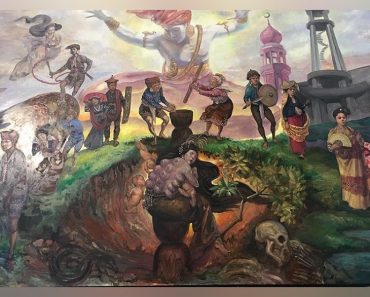
The Bagobo constitute one of the largest groups among the indigenous peoples of southern Mindanao. They are composed of three (3) sub-groups, namely the TAGABAWA, the CLATA or GUIANGAN and the UBO. Although they belong to one socio-linguistic group, BAGOBO, they also differ in some ways, such as the languages, dance steps, costumes and their color preferences to mention a few.

THERE is a Manuvu legend that explains why Mindanao is so endowed. Accordingly in the beginning there was Manama, the creator of many things. In
Read more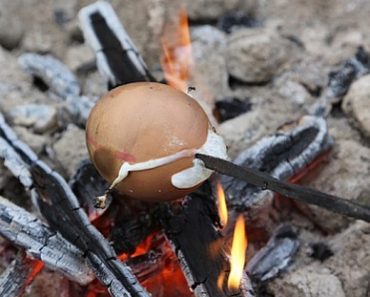
The west coast of Davao Gulf between Daliao and Digos is dotted with small villages, the inhabitants of which are largely Bagobo who have been
Read more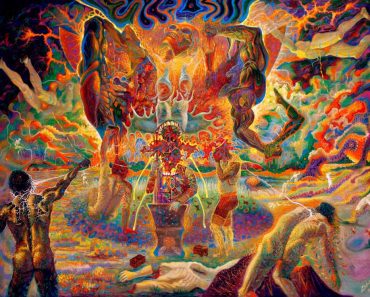
The Bagobo are one of the largest subgroups of the Manobo peoples. They comprise three subgroups: the Tagabawa, the Klata (or Guiangan), and the Ovu
Read more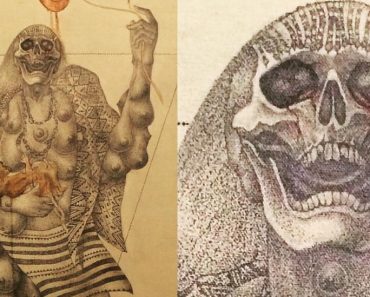
There is a special place in the Bagobo underworld for children who died at their mothers’ breasts. They are nourished by the goddess Mebuyan whose
Read more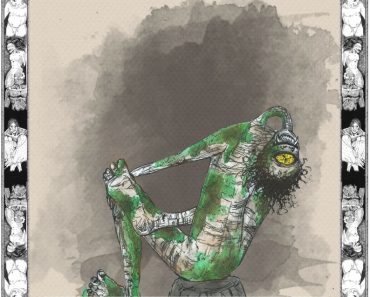
Bagobo myths describe the Tigbanua as having one eye, with tall, lean bodies and long necks that they can twist to see what’s behind them.
Read more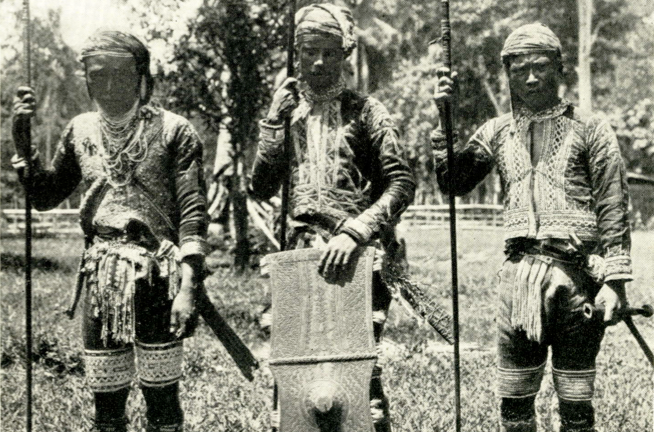
The Bagobo are one of the largest subgroups of the Manobo peoples. They comprise three subgroups: the Tagabawa, the Klata (or Guiangan), and the Ovu
Read more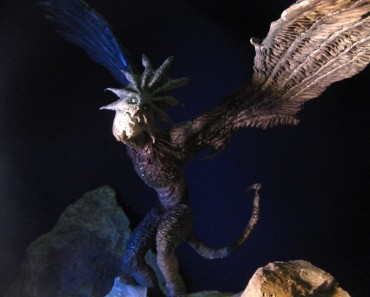
Minokawa is a giant, dragon-like bird in Philippine legends, particularly the Bagobo ethnic groups of Mindanao. Early people believed this creature is so big that it can swallow
Read more
